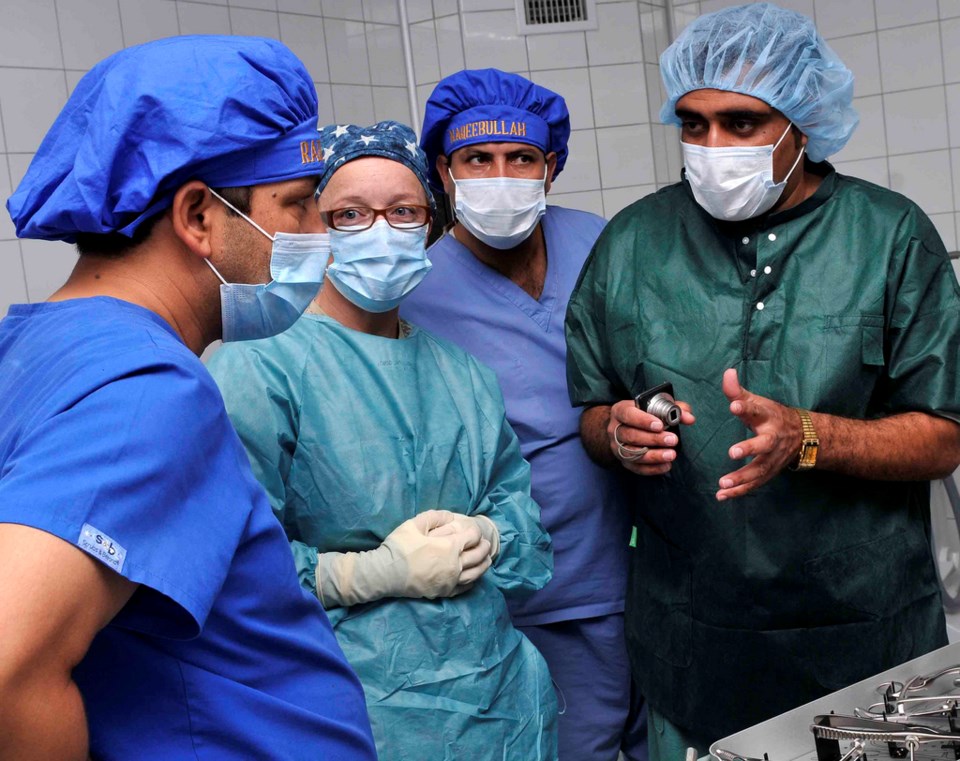With nursing shortages remaining a consistent problem, it’s a good thing the nursing program in Humboldt has seen more than 75 students trained over the last couple of years. The program is aimed towards encouraging health care professionals to work in rural practices by letting them experience it.
“What’s unique about this program is that it’s focusing on interprofessional aspects in rural and health practice,” said Dr. Hope Bilinski, associate dean of the College of Nursing for the University of Saskatchewan. “Humboldt area is where many students go in health sciences such as nursing, physical therapy, pharmacy and nutrition, and medicine. This program pulls those students together.”
The program is based on a model of patient first care and uses a collaborative practice between the various health care professions. It’s known as Interprofessional Education (IPE) in rural Saskatchewan.
On the saskruralipe.com website, it says, “The underlying principle of this project is to work with communities in developing and implementing IPE initiatives that are sustainable and meeting the needs of the educational programs and the rural communities.”
Since the real world is beginning to use this model, they want new graduates to be able to adapt to this environment right after their post-secondary education. This means that it would be ideal to educate them using this method as well.
“The unique thing about a collaborative practice is that everyone contributes to the health of the patient,” said Bilinski. “When these students work together on a case, they each contribute something unique from nursing, medicine, (etc.) towards the care of the patient.”
The idea is that everyone decides what their contributions are and how they can work together. It’s a unique form of shared leadership and communication that is still relatively new in the medical professional world.
Within the health sciences program, close to 100 students have graduated from IPE. Bilinski is already aware of some students that have chosen to stay and practice in rural areas.
“A lot of times, students don’t have an understanding or there’s a stereotype of rural practice,” she said. “This (program) provides an opportunity to get more experience and perspective on rural communities.”
By situating students in Humboldt, they get the benefit of experiencing rural life while also having access to city conveniences. Bilinski was emphatic about expressing her gratitude to the Humboldt District Health Complex (HDHC) in particular for its co-operation in lending its facility for the students to use.
“Humboldt and the (HDHC) have been so supportive, truly a partnership,” she said. “We’ve really been able to be so successful because of their partnership and willingness to support our students.”
Aside from just the health professionals being willing to help, patients have also been willing to let the students get involved in their care, which takes a certain amount of trust. Bilinski called this capitalizing on the partnership with the community.




